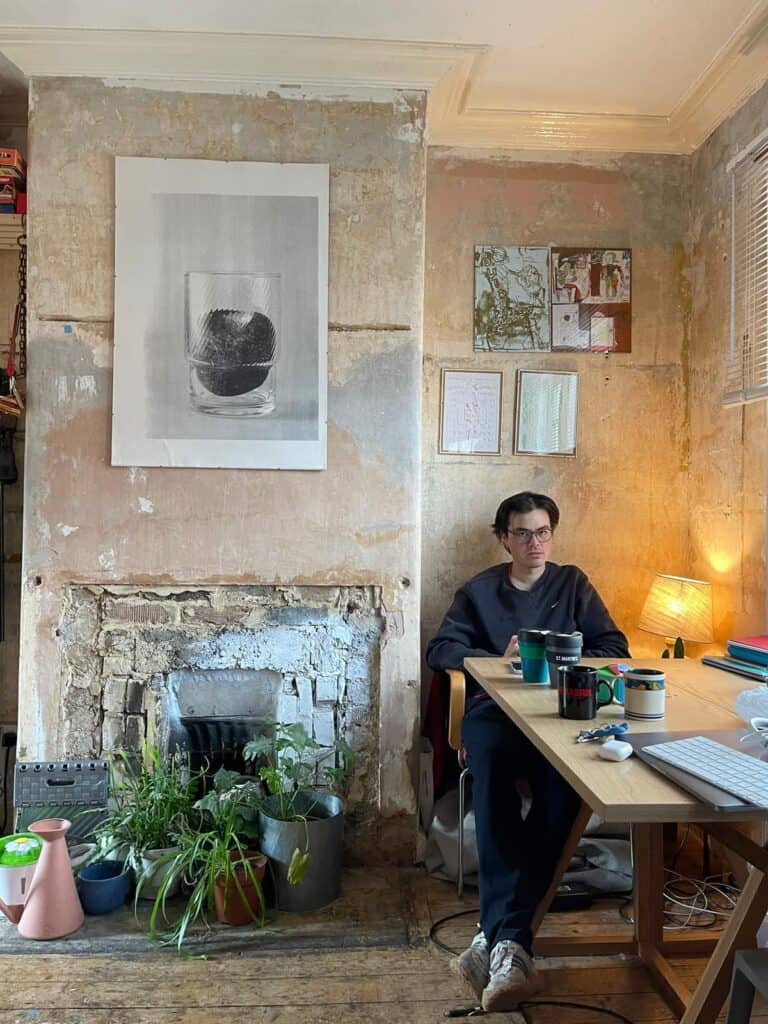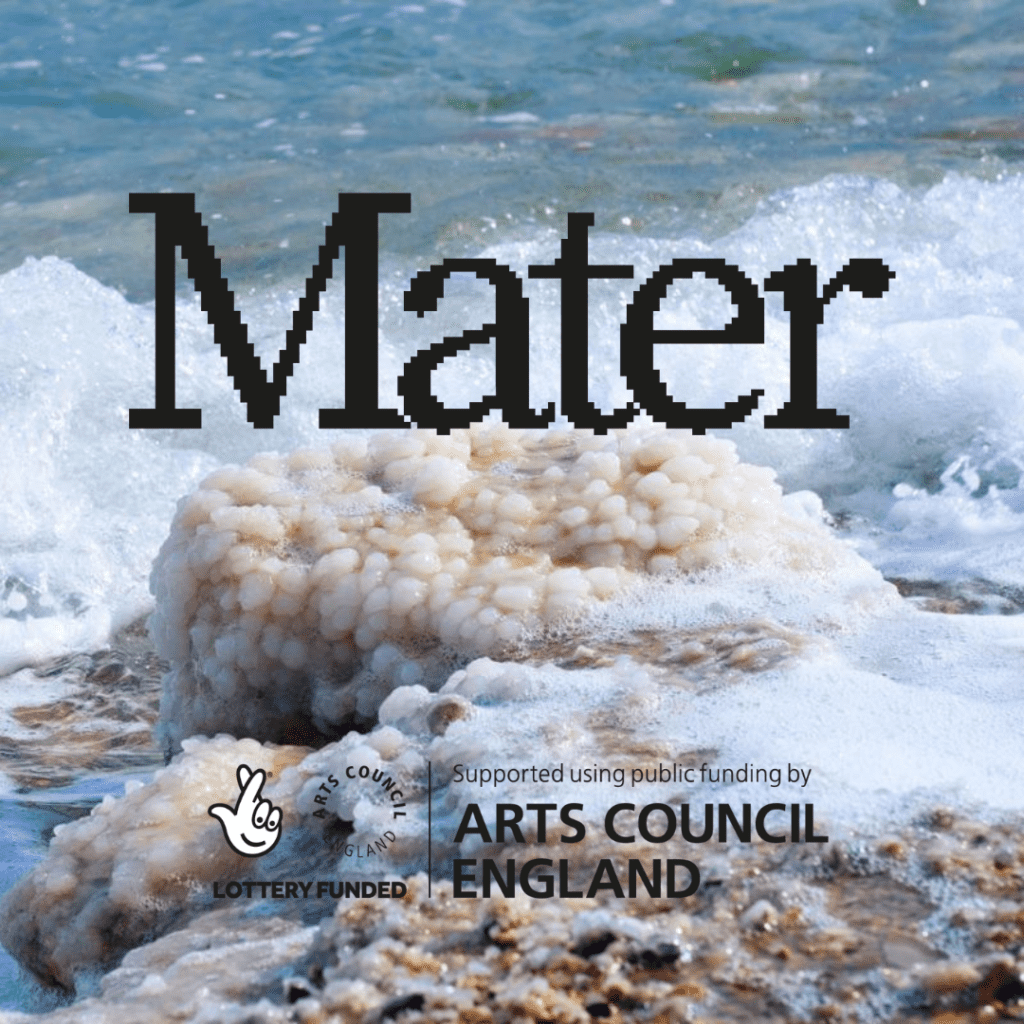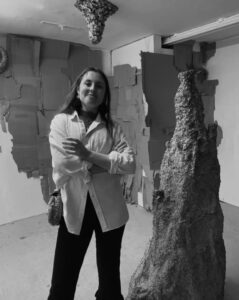The internet is often regarded as immaterial. We flow through links and branching networks connecting space and time, but this all has a material weight, coming at a high energy cost: a single Google search equates to the same amount of energy consumption as a 60W light bulb being on for around 17 seconds.
A brand new materials research platform led by Maddie Rose Hills seeks to explore new ways that we as humans can rethink our relationship with the world through how we engage with and can better understand materials. The platform, called Mater, will launch as a website featuring 15 artists & researchers whose practices are based on new ways of seeing materials.

The website is being built by designer Victor Hwang, who believes that
“often the internet is treated as a neutral medium for delivering content – but it has a shape and grain just like any other material. With Mater I’m hoping to expose that materiality. Like any form of construction, getting to grips with the material is a necessary step to making something that’s ecologically conscious.”
Mater spoke to Victor Hwang about some of his ideas for the project
Can you tell us about yourself and what kind of work you’ve been doing up until this point?
I’m a designer who’s interested in how technology and people make each other. After studying graphic design I ended up in a job where I worked on digital products that lots of people used everyday, which was a completely different way of thinking about making stuff. You lose all the control you had over projects at school and it’s more like trying to nudge a massive system in a particular direction. Although that’s sometimes frustrating, it’s a large part of what I like about designing digital things – the nature of the medium means the things you make are always very explicitly situated in and connected to a broader ecosystem. It also lets you go deep into some fascinating subject areas – a recent favourite of mine was making a set of tools to help funeral directors organise funerals.
Can you explain what you mean by the materiality of the internet?
I’m sure you’d get 10 different answers from 10 people about this – maybe that’s a good starting point though. That the internet is a massively fluid hyperobject that can’t be pinned down. I guess one point of interest that is pertinent for Mater is that the websites we make today are based on a model created over 30 years ago, which was developed for researchers to share documents. If you strip away the CSS, which is the code that ‘styles’ the underlying documents, most websites are really pretty similar underneath.
Websites are only one very visible aspect of the internet, though. I was recently reading about these apartment blocks they had in Finland in the early 20th century called Central Kitchen Buildings. They were an attempt to uphold a kind of middle-class lifestyle at a time when it was becoming harder for people to afford servants by having centralised staffed kitchens instead of kitchens. Most failed after a few years, but I think there’s an interesting parallel between them and what companies like Deliveroo are doing today with dark kitchens. Only this time ‘the internet’ much more effectively allows labour to be networked and externalised and sites of production to be distributed. That kind of material effect on our cities and society which it unlocks is definitely a part of the materiality of the internet – but it’s so distributed that it’s harder to isolate and point at.

Can you talk us through some of the design process for Mater relating to materials and low carbon.
With Mater, I think we’re leaning into a bit of a backwards approach. The truth is there are lots of file formats, like .webp and .webm that offer incredible compression whilst retaining much of the glossy HD detail we’ve come to expect of things on the internet. I’m thinking of what we’re doing as scraping back the layers of those file formats and seeing if we can develop an aesthetic from the inherent qualities of them. Not only as a way to develop a specific aesthetic but also to challenge the assumption that websites on the internet should be shinier, louder, glossier when all these things have a hidden carbon cost. It makes me think of Jevons paradox – an economic principle where increased efficiency often has the counterproductive effect of increasing consumption. As long as our expectations of the level of fidelity of content on the internet continues to outstrip our ability to produce green energy we’ll be caught in a bind. So we’re hoping to take a sideways approach to the problem.







